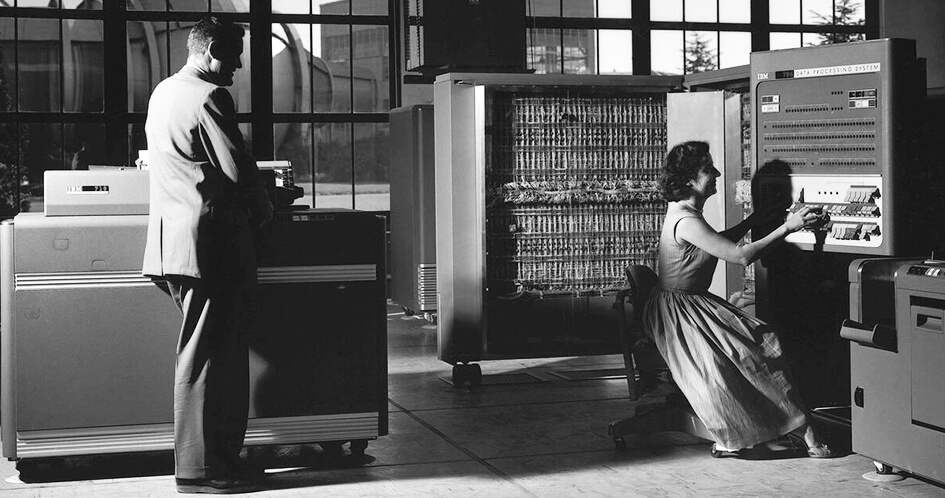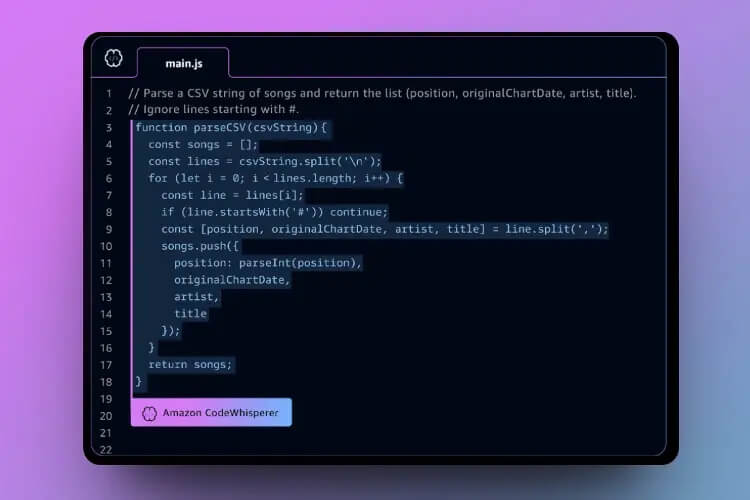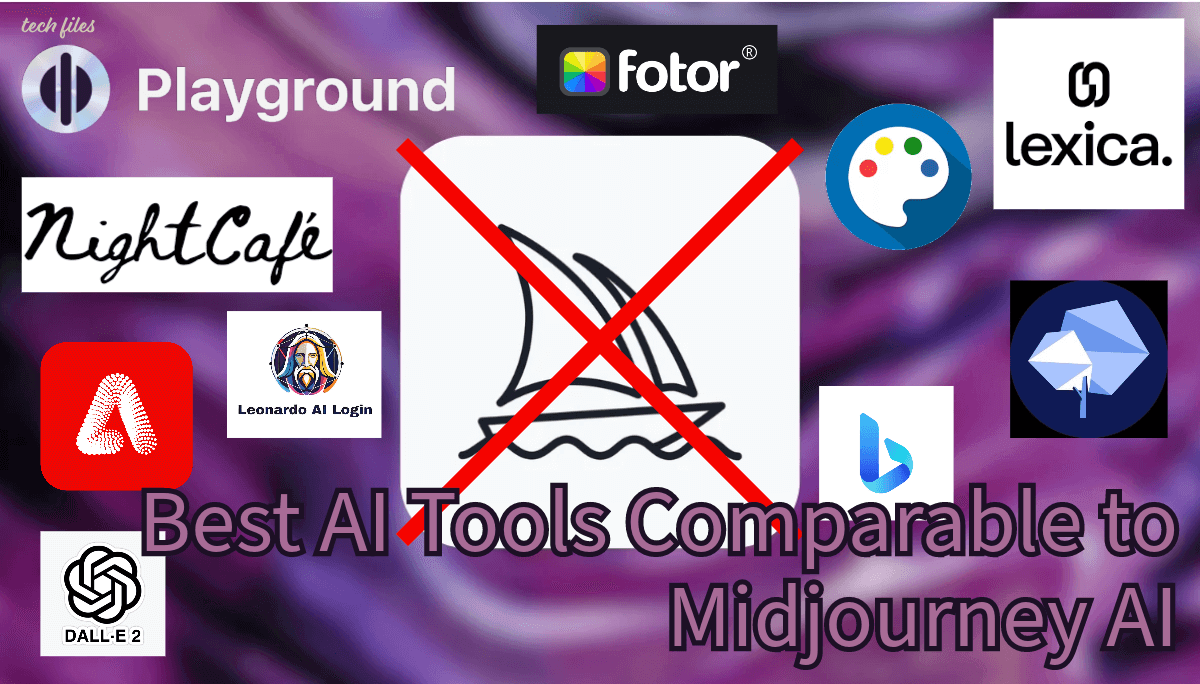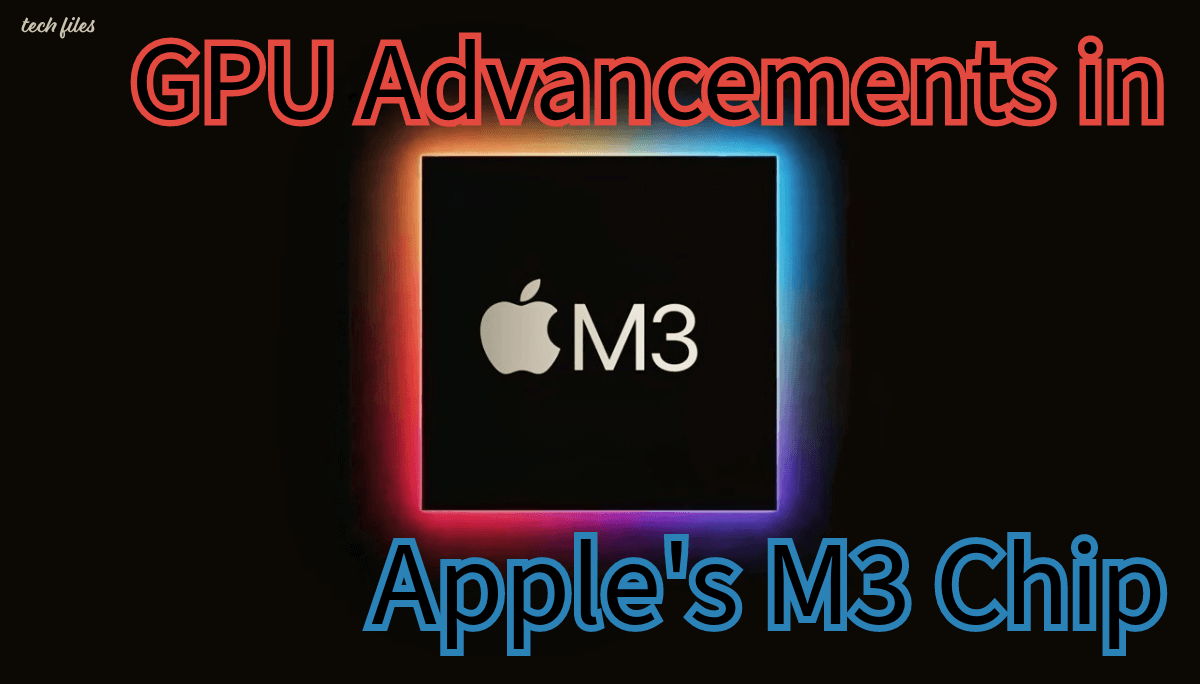History of programming languages

The history of programming languages is a long and winding one, dating back to the early days of computing. The first programming language was created in 1883 by Ada Lovelace, who wrote an algorithm for Charles Babbage’s Analytical Engine. This was a theoretical machine, but Lovelace’s work is considered to be the first example of a programming language.
The first practical programming language was FORTRAN, which was developed in the 1950s for scientific and engineering applications. FORTRAN was a low-level language, which meant that it was very close to the machine code that computers understand. This made it difficult to learn and use, but it was also very efficient.
In the 1960s, there was a trend towards developing higher-level programming languages, which were easier to learn and use. These languages included COBOL, ALGOL, and Pascal. Higher-level languages allowed programmers to write programs that were more abstract and easier to understand.
In the 1970s, there was a growing interest in object-oriented programming (OOP). OOP languages, such as C++ and Java, allow programmers to create objects that represent real-world entities. This makes programs easier to write, maintain, and reuse.
In the 1980s and 1990s, there was a proliferation of new programming languages, each with its own strengths and weaknesses. Some of the most popular languages from this period include Perl, Python, and JavaScript.
Today, there are hundreds of programming languages in use. The most popular languages are used for a variety of applications, including web development, software development, and game development.
The evolution of programming languages is a continuous process. As new technologies emerge, new programming languages are developed to take advantage of them. The future of programming languages is uncertain, but it is clear that they will continue to play an essential role in the development of new technologies.
Timeline of some of the most important programming languages
- 1883: Ada Lovelace writes an algorithm for Charles Babbage’s Analytical Engine.
- 1956: FORTRAN (FORmula TRANslation) is developed by John Backus at IBM.
- 1958: ALGOL (Algorithmic Language) is developed by a committee of computer scientists.
- 1959: COBOL (Common Business Oriented Language) is developed for business applications.
- 1960: BASIC (Beginner’s All-Purpose Symbolic Instruction Code) is developed for educational purposes.
- 1970: Pascal is developed by Niklaus Wirth.
- 1972: C is developed by Dennis Ritchie at Bell Labs.
- 1972: Smalltalk is developed by Alan Kay at Xerox PARC.
- 1974: SQL (Structured Query Language) is developed for database applications.
- 1983: C++ is developed by Bjarne Stroustrup as an extension of C.
- 1983: Objective-C is developed by Brad Cox and Tom Love.
- 1987: Perl is developed by Larry Wall.
- 1990: Haskell is developed by Haskell Curry and others.
- 1991: Python is developed by Guido van Rossum.
- 1995: Java is developed by James Gosling at Sun Microsystems.
- 1995: PHP is developed by Rasmus Lerdorf.
- 1995: JavaScript is developed by Brendan Eich at Netscape.
Summary of the first programming languages and their uses:
- Ada Lovelace’s algorithm (1883): Used to calculate Bernoulli numbers on Babbage’s Analytical Engine.
- FORTRAN (1956): Used for scientific and engineering applications.
- COBOL (1959): Used for business applications.
- BASIC (1960): Used for educational purposes.
- Pascal (1970): Used for teaching programming.
- C (1972): Used for system programming and embedded systems.
- Smalltalk (1972): Used for object-oriented programming.
- SQL (1974): Used for database applications.
- C++ (1983): An extension of C, used for a wide variety of applications.
- Objective-C (1983): An object-oriented extension of C, used for developing macOS and iOS applications.
- Perl (1987): Used for text processing and system administration.
- Haskell (1990): A functional programming language, used for research and development.
- Python (1991): A general-purpose language, used for a wide variety of applications.
- Java (1995): A general-purpose language, used for developing web applications and mobile applications.
- PHP (1995): A server-side scripting language, used for developing dynamic web pages.
- JavaScript (1995): A client-side scripting language, used for adding interactivity to web pages.
This is just a brief overview of the history of programming languages. There are many other languages that have been developed over the years, each with its own unique features and capabilities.













Sharing is caring!